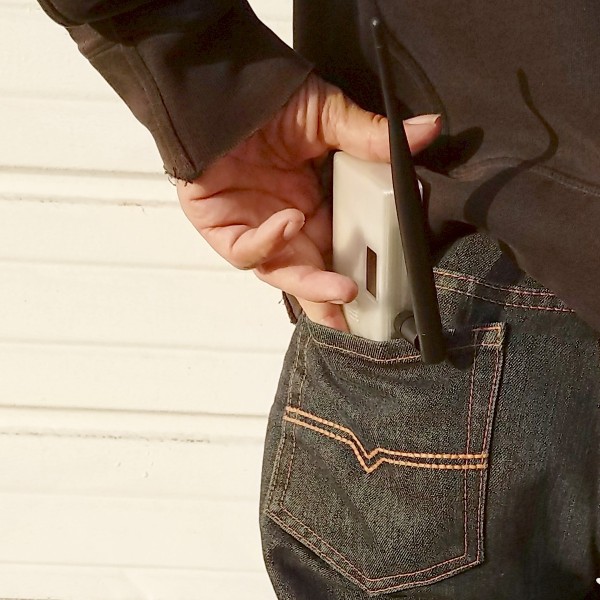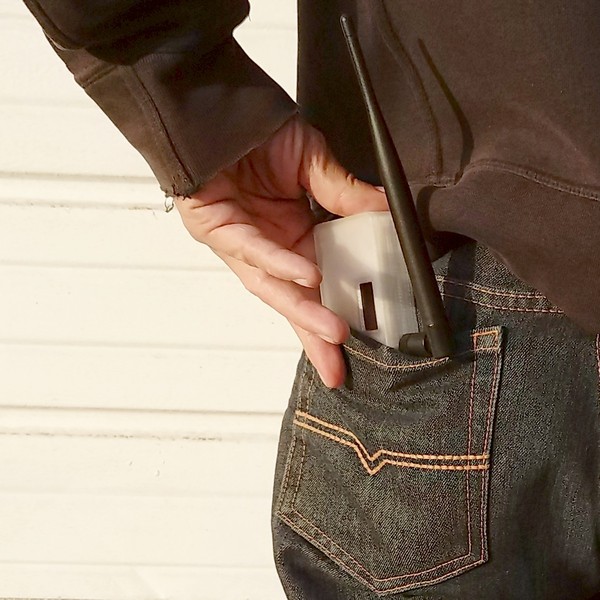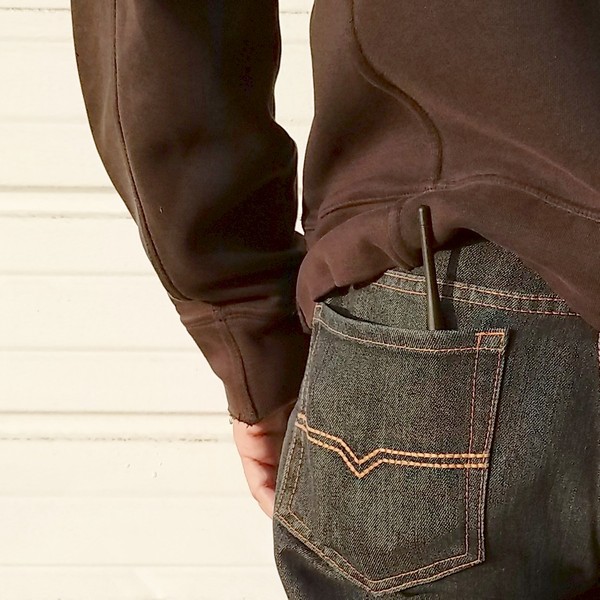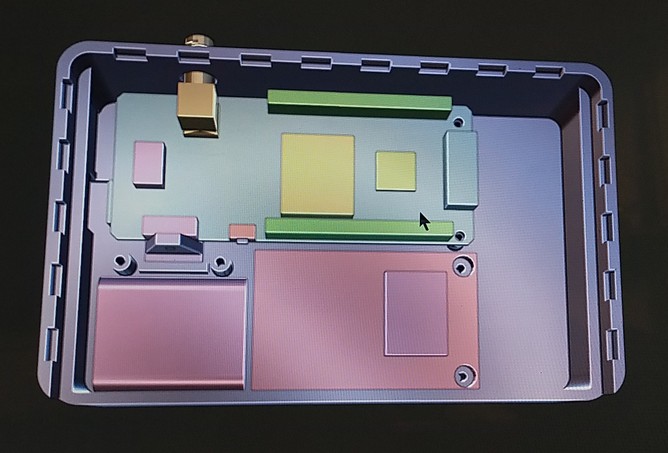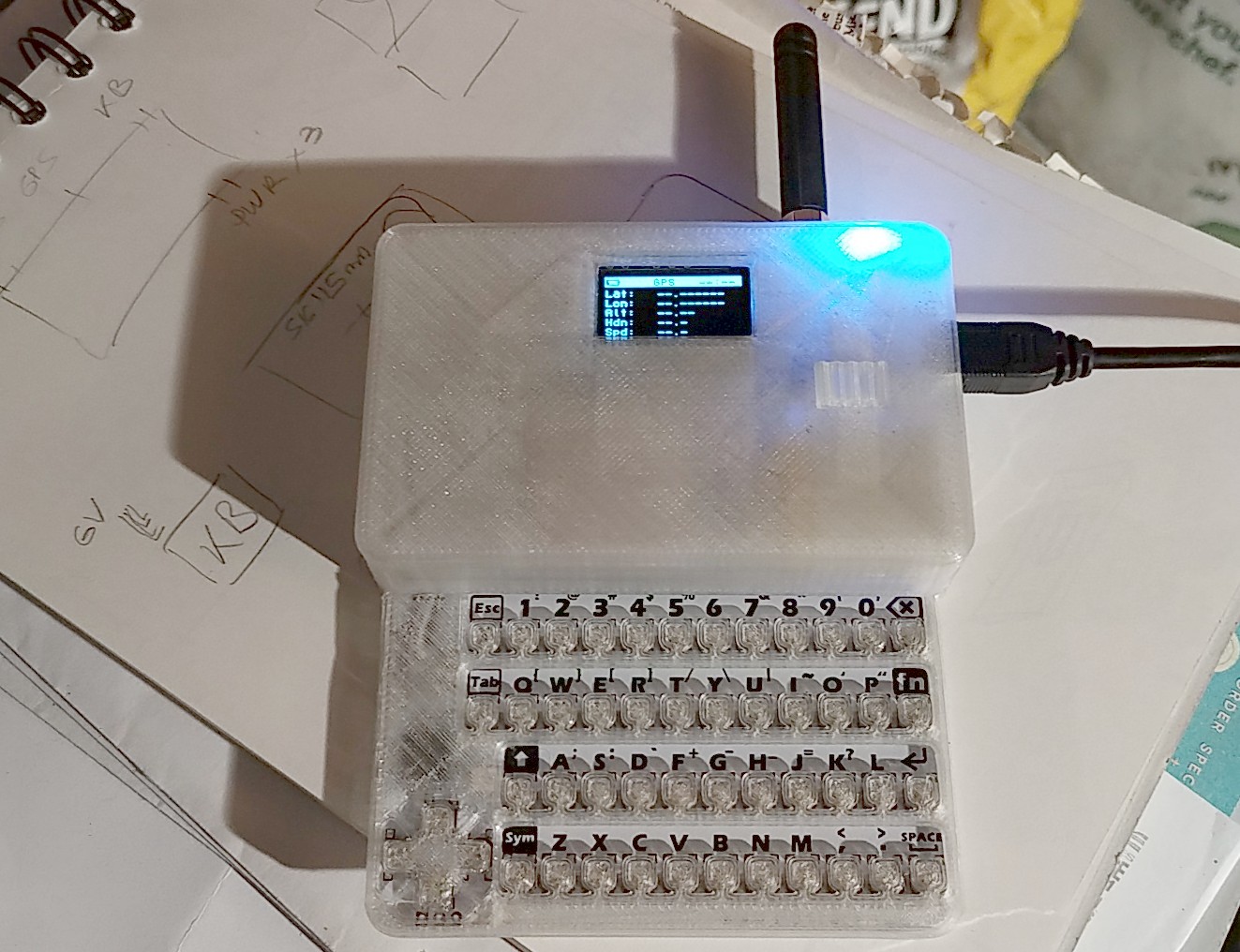FreedomText is our answer to the need for reliable communication between people, anytime, anywhere, independently from any external infrastructure and without any fees or restrictions.

For the people, by the people
The only purpose of FreedomText is to help people communicate with each other and stay connected in case of emergency. Freedomtext has no corporate ties, no hidden agenda, no constraints. Instead of providing the bare minimum for the highest price possible, we included every useful feature we could think of, no matter how much work it took, and will keep adding more functionality according to what people need. We also made it open source so that anyone can help us make it better for everyone.

FreedomText is easy to use
Our goal was to make it as simple and easy to use as possible. Turn it on, and it’s ready.
Because we believe in respecting people’s privacy and freedom, we made it possible to have public and private channels, and ultimately configure every aspect of the device.

FreedomText everywhere
Take it with you outdoors and keep in touch with your group, go deep into the wilderness or in the middle of the ocean, it will keep working.
It can be used in many situations. Leave it running at home at all time, and never miss a message from a friend or neighbor. If the power goes out, its internal battery will keep it running.

FreedomText has a built-in GPS
You can use it to share you current location with one or more people, just once or automatically (beacon mode).
Log and share way points during a journey to easily find your way back or points of interest, and it can tell you the direction, distance and ETA to someone else sharing their location.
The high-precision GPS can pinpoint its location within a few inches.

Freedomtext is all about freedom
You don’t need a service provider nor a subscription to use FreedomText.
Unlike with centralized online messaging, there is no corporate monopoly dictating what you can and cannot do, no censorship, no eavesdropping, no advertizing, no limitations.
Say what you want, when you want, where you want.
FreedomText is small and light
You can easily take FreedomText with you anywhere, it doesn’t take much space and won’t weigh you down.
Without its removable antenna, FreedomText is the size of a pack of cigarettes.
Even with the long range antenna, when folded it still fits in a jeans back pocket.
It measures 3.6″ x 2.5″ x 1″.
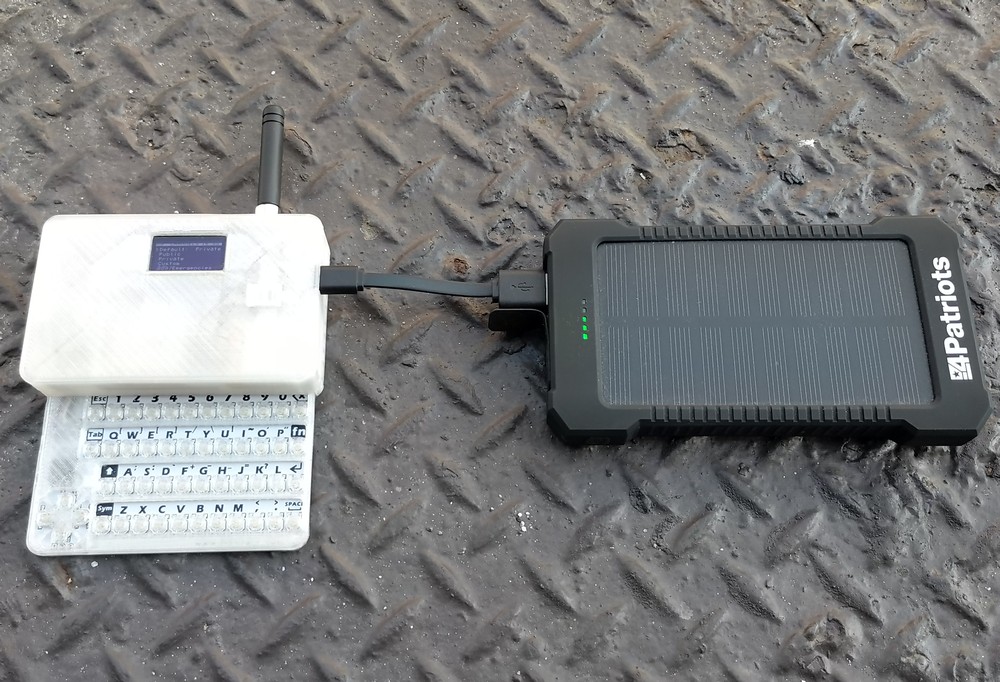
FreedomText can save lives
In case of a disaster or crisis, when there is no power, no internet and no cell service, FreedomText continues to work, keeping you connected with your local community and allowing you to stay informed and request or provide assistance and supplies.
For extended power outages or camping trips, a typical 10000mA USB power bank can keep it running for up to a month.

FreedomText for asset tracking
Using the beacon mode, it can continuously broadcast its GPS location, every few seconds, minutes, or however long you choose, allowing you to easily locate the person, vehicle or property you left it with.
At last you can easily find that emergency crate airdropped in the jungle by your team!

FreedomText is flexible
Because we wanted to make sure that every possible use case scenario is covered, we made FreedomText as flexible as possible. You can customize every aspect of the communications, privacy, radio transceiver, and power usage. You can use any antenna you want. Messages can be typed using the internal keyboard, an infrared keyboard, or via USB using a serial terminal on a phone or computer, also allowing the incoming messages to be displayed on the larger screen.

FreedomText is like a CB
Both use the public airwaves to communicate. A typical CB transmits analog voice, FreedomText transmits digital text. Some advantages of the textual approach are that you won’t miss a message if you are away from the device when someone sends a message as it will stay in the message history, it can be used in noisy environments, it can transmit GPS coordinates, it can use virtual channels on the same frequency, a computer can interface with the device to automatically send messages or process incoming ones, and more. It’s not a replacement for CB radios which have their own advantages but it’s a viable alternative or addition.
FAQ:
Q: How does it work?
A: FreedomText is like a mini computer with a built-in digital radio transceiver which can send and receive text using the public airwaves. Much like a CB radio or FM receiver can receive analog audio, FreedomText can receive (and send) digital text messages.
Q: Do you need two FreedomText devices to communicate?
A: Yes, the communication protocol used by the device requires another device using the same protocol.
Q: How far can it reach?
A: It depends on the environment, outdoors the range typically is between 2 and 4 miles at ground level, less indoors or in dense urban settings, and up to 6 miles above ground without obstacles. It is possible to significantly extend the range by using directional antennas.
Q: Can FreedomText be used with voice?
A: Not directly, as it is primarily meant for text communication. With the help of a computer, or by using a custom firmware, it would be possible to send audio and images, but it would be very slow.
Q: Why should I use FreedomText instead of a cell phone?
A: It depends on the situation, FreedomText is your best option when there is no cell service or if you have concerns about cell phone manufacturers and phone companies monitoring your communications.
Q: Can a cell phone user send a message to a FreedomText device?
A: No, but it is technically possible. Anyone could implement a software gateway to link near-by FreedomText devices to the Internet or cellular network.
Q: How is FreedomText better than other LoRa-based solutions?
A: FreedomText was designed specifically for off-grid text communication between people, so every aspect of the device is for the benefit of the user. Other solutions are typically designed to gather environmental sensor data and thus require registering each device with a LoRaWAN gateway connected to the Internet.
Technical specifications:
- Size: 3.6″ x 2.5″ x 1″
- Weight: 3.2 oz.
- Range: Up to 6 miles
- Radio system: Two-way SX1276 LoRa transceiver
- Frequency band: 915MHz (US) 868MHz (EU)
Default frequency: 907.5MHz (adjustable from 903.5 to 928MHz for custom/private use) - Max TX power: 100mW (20dBm)
- Max RX sensitivity -148dBm
- RX gain: adjustable or automatic
- Antenna connector: SMA female
- Included antenna: 2dB compact antenna, optional folding 5dB antenna
- Battery: 500-1000mAH, 8 to 48 hours battery life
- GPS: All GNSS systems supported, time/date, location, altitude, speed, heading, way-points logging, location sharing, location seeking with real-time direction, distance and ETA.
- Display: 0.96″ SSD1306 128×64 OLED
- Keyboard: 50 key mechanical sliding keyboard with all symbols and programmable function keys, wireless (infrared) keyboard supported
- MCU: Dual-core ESP32 with WiFi and Bluetooth
- Message format: Text, up to 200 characters per message
- Channels
- Public: Open, clear text, for 2 or more people
- Emergency: Open, clear text, for 2 or more people
- Custom: Open or encrypted with password, for 2 or more people, 64000 possible channels
- Private: Always encrypted with password, for 1-on-1 communication
The Making of FreedomText











